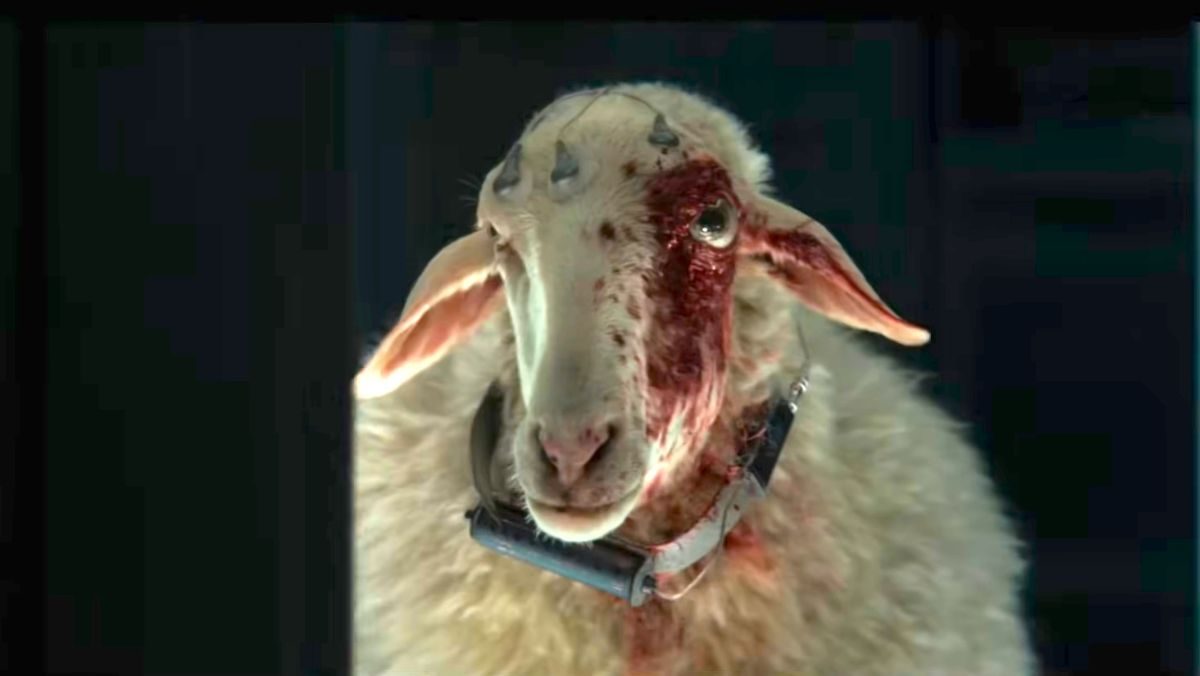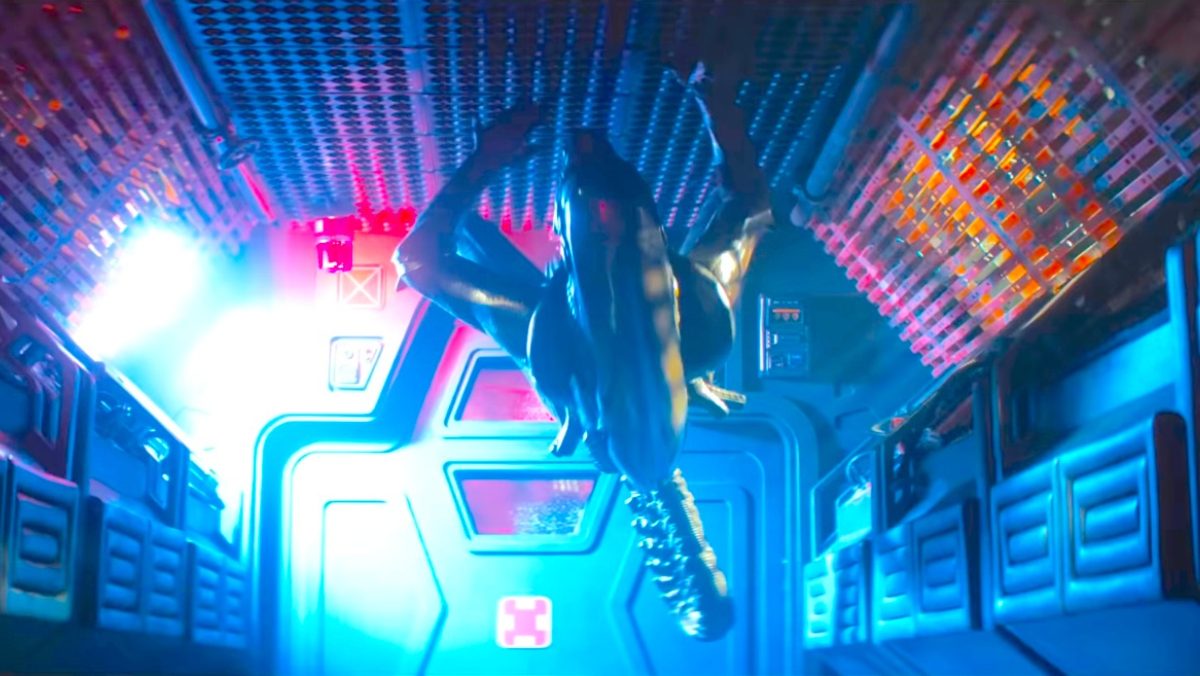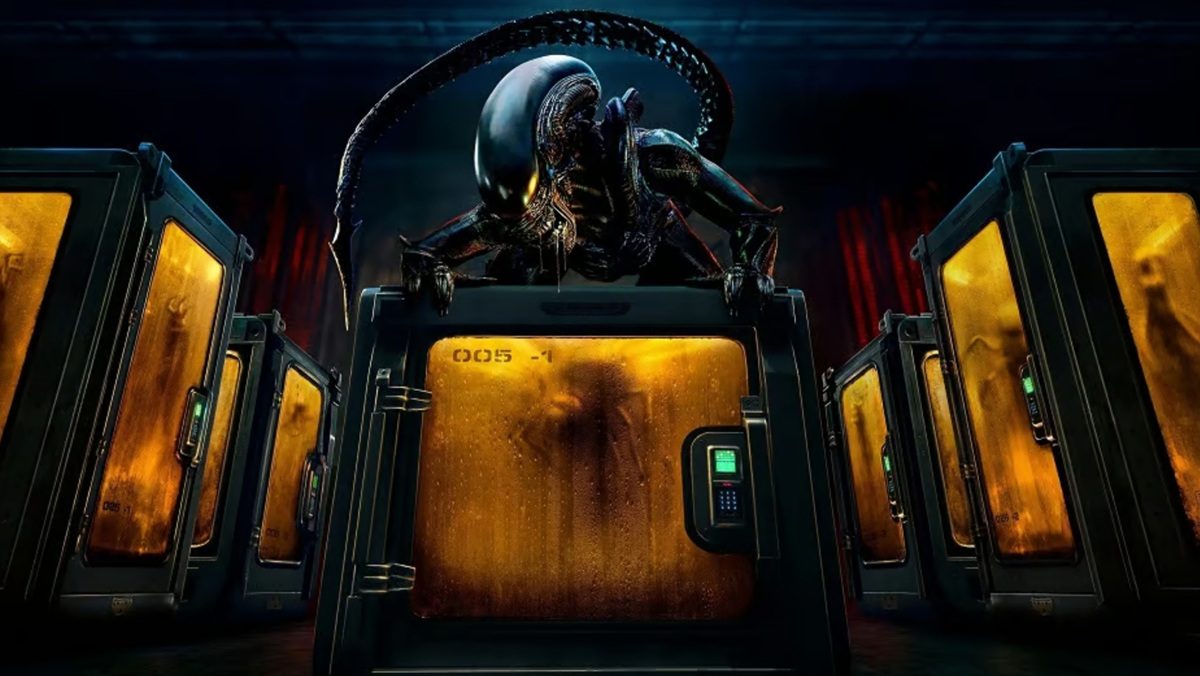
The Alien series has been sending shivers down spines since 1979, and now, here’s an intriguing twist: in Noah Hawley’s Alien: Earth, what may give you the scariest moment isn’t the Xenomorph, but a sheep with a stare that could make your blood run cold. Despite decades passing and various iterations of the Alien universe, Alien: Earth remarkably delivers what fans have longed for, while also expanding the mythology Ridley Scott first created in innovative ways. And rest assured, we’ll revisit that sheep – it’s truly terrifying. To put your mind at ease, yes, Alien: Earth is a solid piece of work. In fact, it often exceeds expectations and delivers quality content.
Since at least the movie ‘Aliens’, fans have pondered over the question, ‘What if a Xenomorph invaded Earth?’ Initially, director David Fincher was planning to explore this idea in ‘Alien 3’, as hinted by the original teaser. However, Fox opted to keep the storyline in space. In this series, showrunner Noah Hawley subtly plays with our expectations regarding this concept. Not only does he present us with a depiction of an “aliens among us” scenario, but he also suggests that these events occurred years before the Nostromo crew visited LV-426.

The initial scene unfolds with a recognizable predicament: A research vessel, the Maginot, drifting in deep space, harboring unidentified extraterrestrial lifeforms, experiences an unexpected outbreak that results in the majority of the crew being slain by these aliens. Contrary to expectation, this ship does not explode but crash-lands on our planet instead. The vessel and its contents belong to the company Weyland-Yutani; however, due to its landing in a territory controlled by another corporation, Prodigy, they believe they have rights to whatever is inside that ship. This conflict forms a significant part of the series’ narrative, contributing significantly to its action and horror elements. The visual effects and action sequences in these scenes are nothing short of exceptional, making it apparent that every dollar invested in this production is well-spent.

It’s been clear throughout the Alien series that the real antagonist isn’t the alien creature itself, but the corrupt corporation, Weyland-Yutani. They’ve been after the aliens for their weapons division since the first movie, and they don’t hesitate to endanger innocents in pursuit of profit. In Alien: Earth, it’s Weyland-Yutani that takes on the role of the main villain. However, what sets this story apart is that there’s another significant antagonist – Prodigy, a rival corporation run by billionaire genius Boy Cavalier, portrayed with annoying enthusiasm by Samuel Blenkin. To be honest, his smug, infuriating face might just be the most irritating we’ve seen on screen in recent memory.

The standout aspect and heart of the series is the group of six hybrids. They are spearheaded by what appears to be the primary character, Wendy, portrayed with subtle power and purity by Sydney Chandler. Women of strength have always been integral to this series, dating back to Sigourney Weaver’s Ripley. Although Chandler’s character differs significantly, it’s refreshing that the pattern of intricate female leads persists. Chandler’s appearance, with her hair and makeup, gives an impression reminiscent of a character from a forgotten Jean-Pierre Jeunet film. This could be a nod or Easter egg, as he directed “Alien: Resurrection” in 1997.

It has been understood that artificial life forms exist across the universe, as depicted by characters such as Ash and Bishop in the movie “Aliens.” Now, we discover that cyborgs are widespread too. In the early 22nd century, more synthetic beings appear, with human consciousnesses being transferred into these synthetic bodies. These hybrid beings are the creations of Cavalier, who aims to take transhumanistic technology to the next level: actual immortality. His prototype hybrids are derived from the consciousnesses of children nearing death, whose parents willingly participated in this experimental new technology as a desperate attempt to save their children’s lives.
This children’s performance is truly outstanding in this show. Each of the six actors masterfully portray characters with adult personalities, making it believable. Specifically, Jonathan Ajayi as Smee, Lily Newmark as Nibs, and Adarsh Gourav as Slightly stand out. You might not expect it, but this sci-fi series has moments reminiscent of “Big” and “Shazam”. These young actors bring a delightful lightness to an otherwise serious production. Timothy Olyphant is impressive as the stern synth character Kirsh, and Babou Ceesay excels as the relentless cyborg Morrow from Weyland-Yutani. Overall, the entire supporting cast delivers exceptional performances.
The heart of the series primarily revolves around Wendy and her brother from their past life, Joe, portrayed by Alex Lawther from ‘Andor’. In essence, he serves as our perspective character, a typical individual navigating through a universe filled with trillionaires, artificial beings, and extraterrestrial creatures. Lawther’s performance infuses Joe with such compassionate and endearing vibes that you can hardly remain calm when his life is at stake. However, the frequency of Joe narrowly escaping death in the first two episodes might be a tad excessive, sometimes veering towards comedic relief.

Absolutely, you’re curious about the main characters, the aliens in question. The Xeno certainly adds to the suspense and remains as chilling as ever. However, it’s not just the Xeno that keeps viewers on edge. There are four other alien species in this production, each with a knack for eliciting an ick factor that might even surpass the Xeno. The one that stands out is the creature we call the eyeball octopus. As its name suggests, it’s an eye floating on octopus-like legs, capable of replacing an organism’s eye, seizing control, and causing terror. It’s as disturbing as it sounds. When it transforms a helpless lamb, it becomes as frightening as Black Phillip from The Witch. But don’t worry, the plant and insect-like aliens will also give you the creeps. One of the cleverest moves by Hawley is to broaden the alien cast in this series.

In numerous aspects, “Alien: Earth” serves as a tribute to the brilliant minds behind Ridley Scott’s initial “Alien”. It’s not only about Scott and H.R. Giger, but production designer Andy Nicholson beautifully replicates the ambiance and visual style of the universe first crafted by Ron Cobb and Chris Foss in 1979. Just as “Andor” brought back memories of the exceptional production designs of Ralph McQuarrie from “Star Wars” in 1977, “Alien: Earth” reminds us that the original design aesthetic of “Alien” remains timeless and effective even after decades have passed. If it’s not broken, why fix it?
Noah Hawley is handling a multitude of aspects in this eight-episode first season. He’s crafting a science fiction horror series, delving into the philosophical implications of artificial life and its meaning on an existential level, reminiscent of ‘Blade Runner’. Additionally, he’s offering a biting critique of corporations devoid of soul, aiming to control the world. In the context of ‘Alien: Earth’, we discover that corporations have usurped all governing bodies on the planet. This aspect of the show seems particularly plausible in today’s world, regrettably. Nevertheless, Hawley, joined by his gifted team of writers, directors, and actors, has pulled off the extraordinary. They’ve created an ‘Alien’ prequel that keeps us hooked and craving for more. Here’s hoping that a second season materializes promptly.
Alien: Earth drops on FX and FX on Hulu on August 12.
Read More
- Fed’s Rate Stasis and Crypto’s Unseen Dance
- Gold Rate Forecast
- Blake Lively-Justin Baldoni’s Deposition Postponed to THIS Date Amid Ongoing Legal Battle, Here’s Why
- Ridley Scott Reveals He Turned Down $20 Million to Direct TERMINATOR 3
- Dogecoin’s Decline and the Fed’s Shadow
- ETH to the Moon? 🚀 Or Just a Bubble?
- Northside Capital’s Great EOG Fire Sale: $6.1M Goes Poof!
- The VIX Drop: A Contrarian’s Guide to Market Myths
- Top 10 Coolest Things About Indiana Jones
- Global-e Online: A Portfolio Manager’s Take on Tariffs and Triumphs
2025-08-05 16:05